A recent episode of EarthSky highlights the growing risk of satellites, from the increasingly crowded skies, falling to Earth. Key points covered in the video, embedded below, are that there are now around 20,000 objects tracked orbiting the Earth. Of these, 12,000 are working satellites, including 8,000 that form SpaceX’s Starlink constellation. In 2025, we are seeing a “couple of satellite re-entries a day,” with things only going to get worse, while several companies/nations have plans for thousands more satellites.
Adalian put it to McDowell that a spate of social media posts showing Starlink satellites burning in the skies shows there is a growing risk from satellite debris. The storied astrophysicist didn’t brush off the host’s concerns as unfounded and agreed, “it's getting pretty busy up there.” He measuredly explained that the risks today, especially from Starlink satellites, are low. However, McDowell called for some kind of global regulation and coordination to keep us Earth dwellers safe.
How crowded is LEO?
As noted, there are currently have about 12,000 satellites up in LEO (Low Earth Orbit), around 8,000 of which are Starlink.
Other than these, there are a growing number of satellites from Western firms like Amazon. Jeff Bezos’ rockets have put ~100 into space, with thousands more planned. Another Western firm, ESpace, is reportedly yet to get its satellite roster into double figures, but has posted filings indicating it wants several hundred thousand satellites in LEO.
Then there are nations like China, which want an independent communications system in orbit. One Chinese company has already launched over 100 satellites. It is thought China is likely to contribute tens of thousands more to the skies in due course.
In the same or similar orbit, McDowell notes there are also about “a million centimeter-sized fragments” that are not tracked.
Why are satellites failing / falling?
According to the astrophysicist being interviewed, a commercial satellite will work as intended for a median of about five years. Then they are retired, and their orbits are lowered. Eventually, the atmosphere drags them in the rest of the way, before they re-enter “at an unpredictable location.” The bad thing is, they can and do sometimes drop debris over a populous area…
Kessler Syndrome
In the 70s, scientist Don Kessler warned that too many satellites in a similar orbit could cause a chain reaction of collisions and debris, causing further collisions. McDowell said that with all the mega constellations planned, and an unexpected big radiation event (for example), things “could get bad very quickly.” Moreover, there is a risk of this chain reaction being sparked by old space-age debris falling from higher orbits.
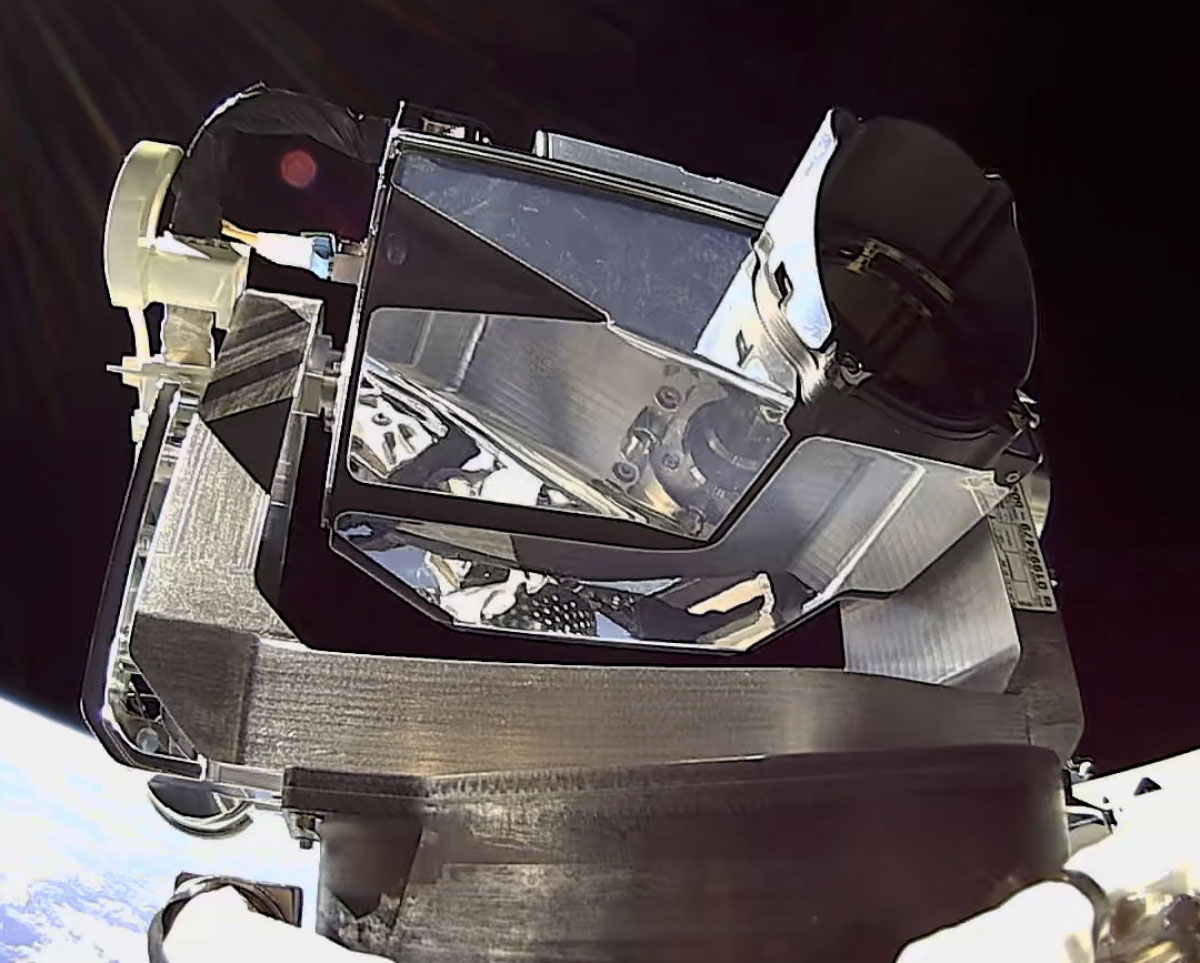
Starlink satellites are probably safer than some others
As for SpaceX Starlink heavenly bodies, McDowell explained that these comms satellites are typically 30m in length (~100ft) and weigh up to a ton. You wouldn't want one of these landing in your backyard, but they are designed to completely burn up on reentry. It is possible that some small stray components/material might end up hitting Earth, though.
The astrophysicist said that you can usually tell the difference between a meteor and a satellite in the night sky, as fast-moving fireballs are usually meteors, but those moving “in a more stately way” are likely satellites breaking up. This breakup and burning takes place from about 40 miles up – 4x higher than a plane, and much faster.
This contrasts with some recent Chinese space junk atmosphere re-entry examples. It is easy to find several examples of ‘carelessness’ by China, like this and this, which will make you hope that China signs up to any upcoming agreements about LEO satellites.
Follow Tom's Hardware on Google News, or add us as a preferred source, to get our up-to-date news, analysis, and reviews in your feeds. Make sure to click the Follow button!

 2 months ago
46
2 months ago
46
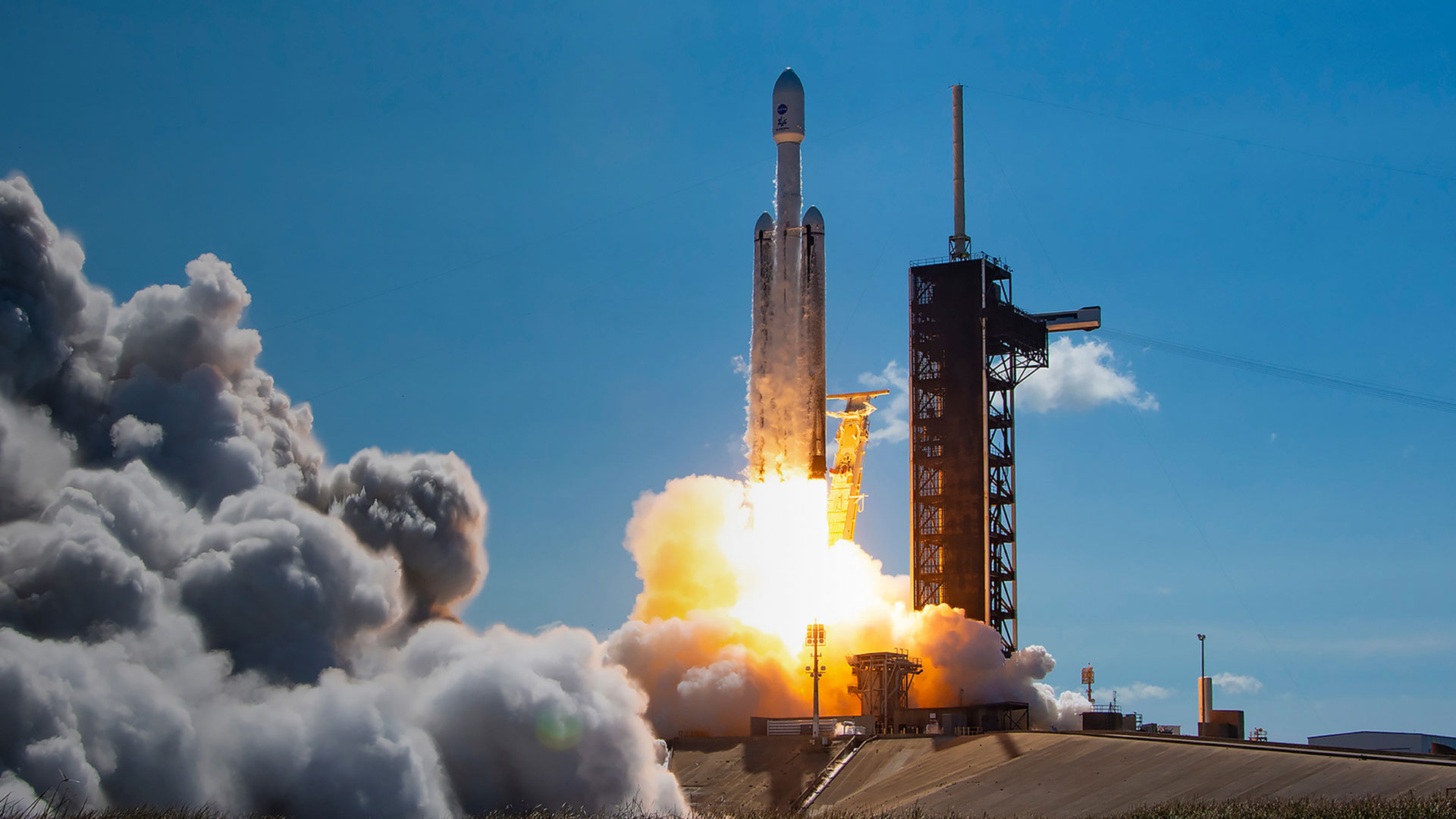
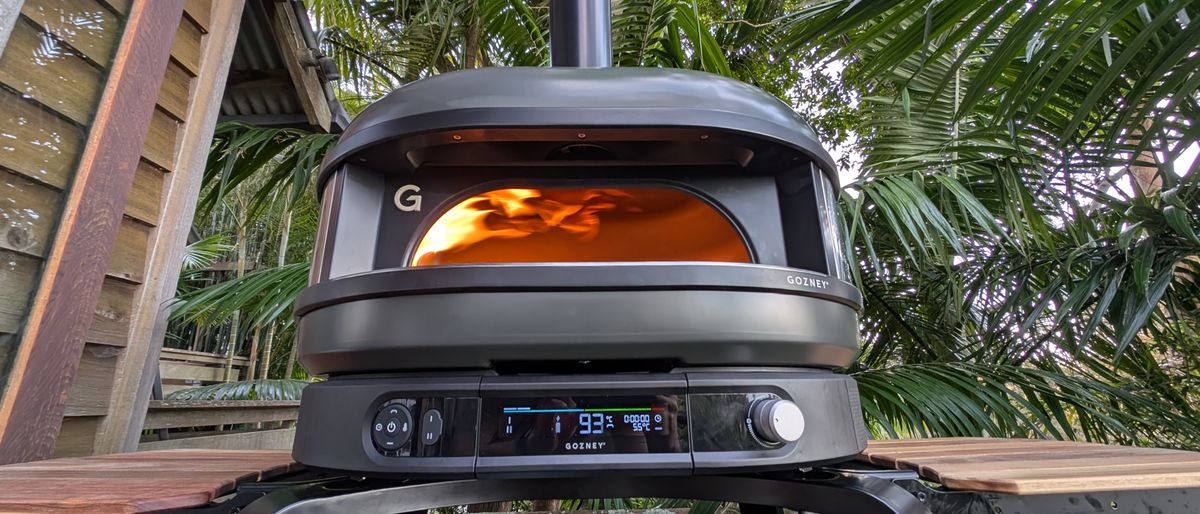

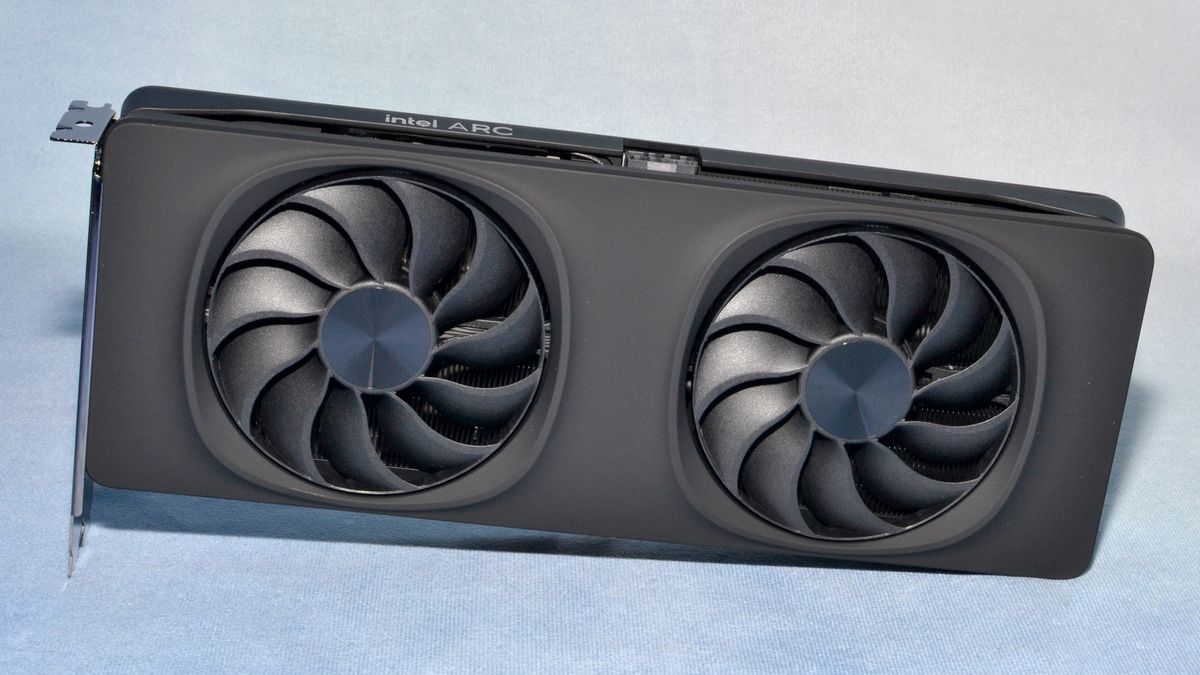
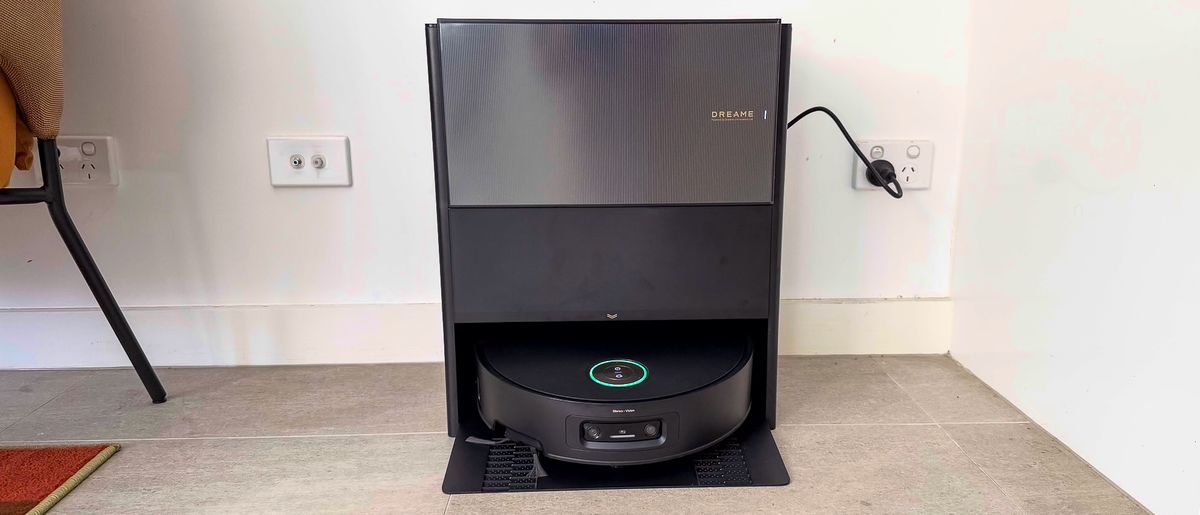

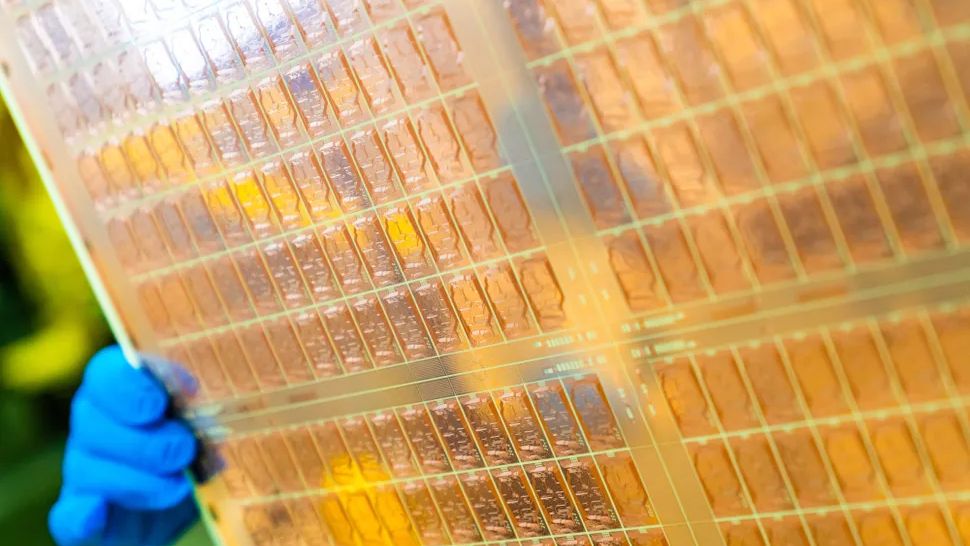

 English (US) ·
English (US) ·